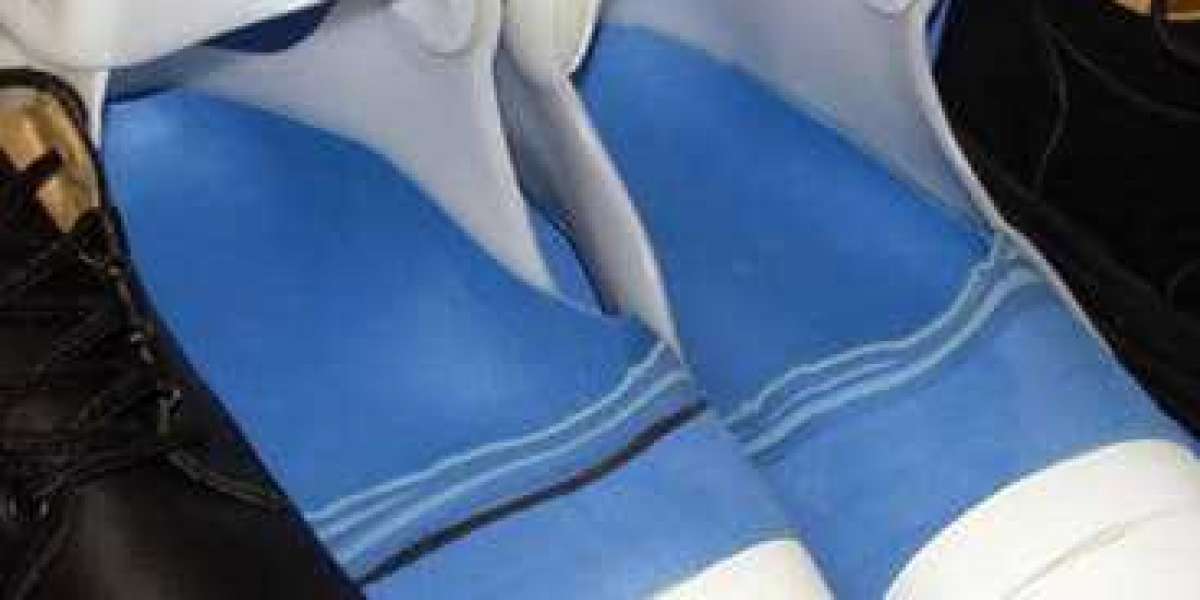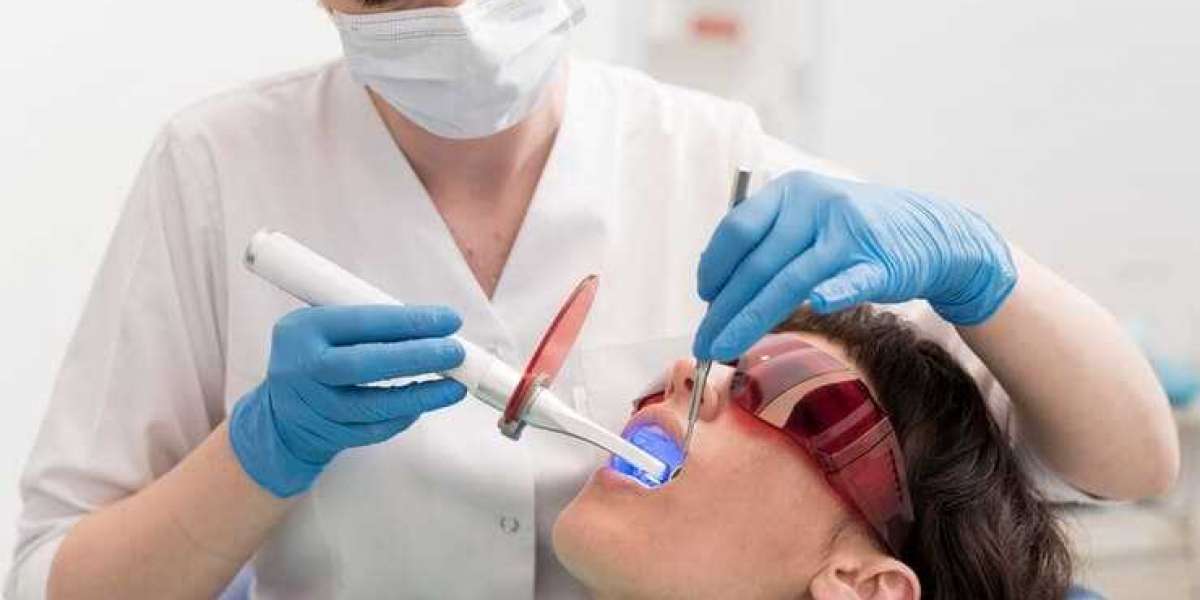Transmetatarsal surgery, often referred to in the context of transmetatarsal amputations, involves the surgical removal of the forefoot, typically due to severe injury, infection, or other medical conditions affecting the toes and metatarsal bones. This procedure can be life-changing, and the journey to recovery requires a comprehensive approach that includes rehabilitation, pain management, and physical therapy. Understanding the steps involved in rehabilitation after transmetatarsal surgery is crucial for patients aiming to regain mobility and return to their daily activities.
Understanding Transmetatarsal Surgery
Transmetatarsal amputation involves the removal of the metatarsals, which are the long bones in the foot that connect to the toes. This type of surgery may be necessary for patients suffering from chronic diabetic foot ulcers, severe trauma, tumors, or infections that compromise the integrity of the foot. The aim of the surgery is not only to eliminate the source of pain or infection but also to preserve as much of the foot as possible to maintain functionality.
The surgical process typically involves:
- Anesthesia: The patient will be given either general or regional anesthesia to ensure comfort during the procedure.
- Incision: The surgeon makes an incision on the top of the foot to access the metatarsals.
- Bone Resection: The surgeon removes the affected metatarsals and any associated damaged tissue.
- Closure: The incision is closed with sutures, and a dressing is applied.
Following surgery, patients enter the recovery phase, which is critical for achieving optimal outcomes.
Initial Recovery Phase
1. Hospital Stay and Monitoring
After the surgery, patients typically remain in the hospital for a few days for monitoring. During this time, medical staff will focus on managing pain, preventing infection, and ensuring the surgical site is healing properly. Patients can expect:
- Pain Management: Medications will be prescribed to alleviate pain and discomfort. This may include nonsteroidal anti-inflammatory drugs (NSAIDs) or stronger pain relievers as needed.
- Wound Care: The surgical site will be regularly inspected for signs of infection, such as increased redness, swelling, or discharge. Proper wound care is critical during this period.
2. Mobility and Weight Bearing
Once patients are stable and the surgical site is healing well, the focus will shift to mobility:
- Limited Weight Bearing: Initially, patients will be advised to avoid putting weight on the affected foot. Crutches or a wheelchair may be recommended to assist with mobility.
- Physical Therapy Introduction: Physical therapy may begin in the hospital to help patients improve their overall strength and range of motion. Therapists will guide them through gentle exercises to promote circulation and flexibility.
Rehabilitation Phase
The rehabilitation process after transmetatarsal surgery is crucial for restoring function and mobility. This phase typically begins once the surgical site has healed sufficiently, which may take several weeks.
1. Transition to Outpatient Therapy
Once discharged from the hospital, patients will likely transition to outpatient physical therapy. This involves regular sessions with a licensed physical therapist who specializes in post-surgical rehabilitation. The goals of outpatient therapy include:
- Strengthening Exercises: As the surgical site continues to heal, therapists will introduce exercises designed to strengthen the muscles of the foot and leg. This may involve resistance training and balance exercises.
- Range of Motion Exercises: To prevent stiffness, therapists will incorporate range of motion exercises that focus on the ankle and remaining foot structures. These movements help maintain flexibility and prevent complications such as contractures.
2. Gait Training
Gait training is a critical component of rehabilitation following transmetatarsal amputations. The loss of the forefoot can significantly alter a person’s walking pattern. Therapists will work with patients to:
- Adjust Walking Techniques: Patients may need to learn new walking techniques to compensate for the loss of the metatarsals. This training may include practicing with assistive devices such as walkers or canes.
- Prosthetic Evaluation: Once the surgical site has fully healed, patients may be evaluated for a prosthetic foot. A prosthetic device can help restore mobility and improve quality of life. The fitting process will involve custom fabrication to ensure comfort and proper alignment.
Emotional and Psychological Recovery
Recovery from transmetatarsal surgery is not just physical; it also encompasses emotional and psychological aspects. The loss of part of a limb can lead to feelings of grief, anxiety, and frustration. It is essential for patients to address these feelings during their recovery journey.
1. Support Systems
Building a robust support system is vital. Patients are encouraged to:
- Communicate with Loved Ones: Sharing feelings and concerns with family and friends can provide emotional relief and foster understanding.
- Join Support Groups: Many communities offer support groups for individuals who have undergone similar surgeries. Sharing experiences with others can help patients feel less isolated and more empowered.
2. Professional Counseling
If feelings of anxiety or depression persist, seeking professional counseling may be beneficial. Mental health professionals can provide coping strategies and support tailored to the individual’s needs.
Long-Term Recovery and Maintenance
The journey to recovery after transmetatarsal surgery continues long after the initial rehabilitation phase. Patients should focus on long-term maintenance of their physical health and mobility.
1. Regular Follow-Up Appointments
Regular follow-up appointments with healthcare providers are essential for monitoring progress and addressing any concerns. These appointments may involve:
- Assessing Healing: Doctors will check the surgical site and assess overall foot health.
- Prosthetic Adjustments: For those using a prosthetic device, adjustments may be necessary to ensure comfort and functionality.
2. Continued Exercise and Mobility
Maintaining an active lifestyle is crucial for overall health and well-being. Patients should aim to incorporate regular exercise into their routine, focusing on:
- Strength and Conditioning: Continuing with strength training and conditioning exercises can enhance overall physical fitness and mobility.
- Low-Impact Activities: Engaging in low-impact activities such as swimming or cycling can help maintain cardiovascular fitness without putting undue stress on the foot.
3. Education on Foot Care
Education on proper foot care is vital for preventing complications, especially for individuals with diabetes or other conditions that affect circulation. Patients should:
- Monitor Foot Health: Regularly check for any changes in the remaining foot, such as discoloration or swelling.
- Practice Good Hygiene: Keeping the feet clean and dry, and wearing appropriate footwear, can help prevent infections and other complications.
Conclusion
Rehabilitation and recovery after transmetatarsal surgery require a comprehensive and multifaceted approach. From managing pain and engaging in physical therapy to addressing emotional health and maintaining an active lifestyle, each aspect plays a pivotal role in achieving optimal recovery. By understanding the journey ahead and committing to a structured rehabilitation plan, individuals can regain their mobility and enhance their quality of life after transmetatarsal amputations.
For more insights on health, recovery, and wellness, visit Ler Magazine—your trusted source for expert advice and tips. Embrace your recovery journey and take the first steps toward a healthier, more active life today!







